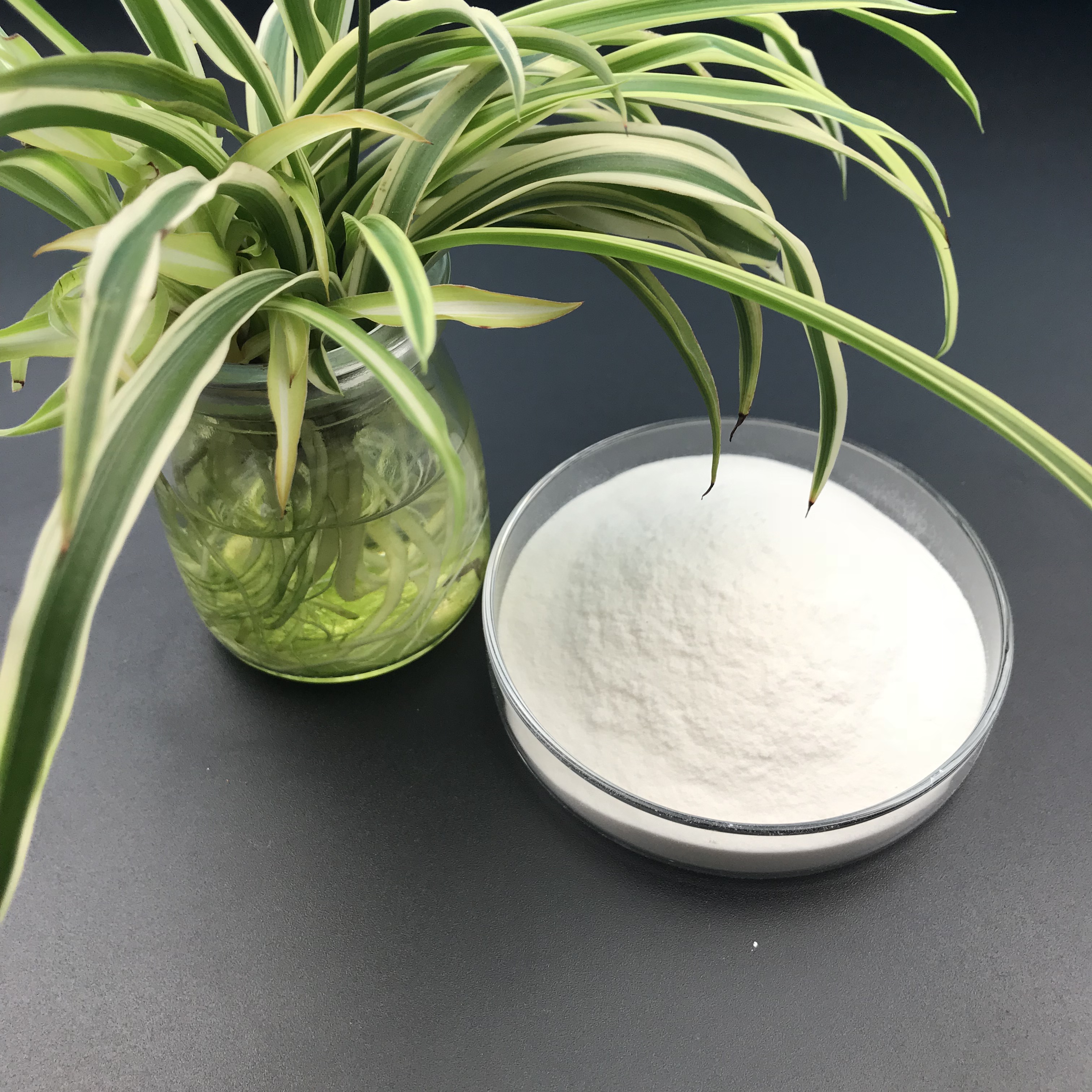The role of hydroxypropyl methylcellulose in wet mortar
Chemical structure and manufacturing process of HPMC:
The substitution of these groups on the cellulose chain gives HPMC unique properties, making it soluble in water and providing a range of functionalities.

1. Water retention:
HPMC is known for its excellent water retention properties. In wet mortar, it forms a protective film around the cement particles, preventing rapid evaporation of water.
2. Operability and consistency:
The addition of HPMC to wet mortar enhances the lubricity of the mortar mixture, thereby improving workability. It acts as a thickener, providing better cohesion and preventing ingredients from separating. This makes the mortar mixture easier to handle, spread and shape.
3. Adhesion:
HPMC helps improve adhesion between mortar and various substrates. The modified cellulose structure promotes better interaction with the surface and enhances the bond strength of the mortar.
4. Anti-slip:
In flooring applications, HPMC helps achieve slip resistance by improving adhesion to tiles or other flooring materials. This is critical to ensuring the safety of the completed building.
5. Set time control:
HPMC will affect the setting time of wet mortar.
6. Improve cohesion:
The thickening effect of HPMC helps improve the cohesion of the mortar mixture. This is essential to prevent sagging in vertical applications and ensure the mortar adheres properly to the substrate without slipping.
7. Increase flexibility:
HPMC gives the mortar flexibility, making it more resistant to cracking.
8. Reduce shrinkage:
Shrinkage is a common problem with mortar, causing cracks in the finished structure. HPMC reduces shrinkage by controlling water content and providing a stable hydration environment, thereby reducing cracking.
Application fields of HPMC in wet mortar:
1. Tile adhesive:
HPMC is widely used in tile adhesives to enhance adhesion, workability and water retention. It ensures that the adhesive maintains its properties throughout the tile installation process.
2. Mortar rendering:
In plastering applications, HPMC helps improve the consistency and adhesion of the mortar, resulting in a smoother, more durable finish.
3.Self-leveling underlayment:
HPMC is used in self-leveling underlayments to control setting time, improve flow properties and enhance adhesion to the substrate.
4. Grouting:
In grout applications, the addition of HPMC improves workability and prevents shrinkage, ensuring the grout effectively fills gaps without cracking.
5. External wall insulation system:
Exterior insulation and finishing systems benefit from the flexibility and adhesive properties of HPMC, providing a strong and durable exterior finish.
6. Plaster:
HPMC is used in gypsum formulations to improve water retention, workability and adhesion, producing high-quality gypsum with enhanced properties.
Its versatility makes it a valuable additive in a variety of construction applications, ensuring the durability and quality of the finished structure. As construction continues to evolve with industry, HPMC may remain a key ingredient in enhancing the performance of wet mortars and other construction materials.
